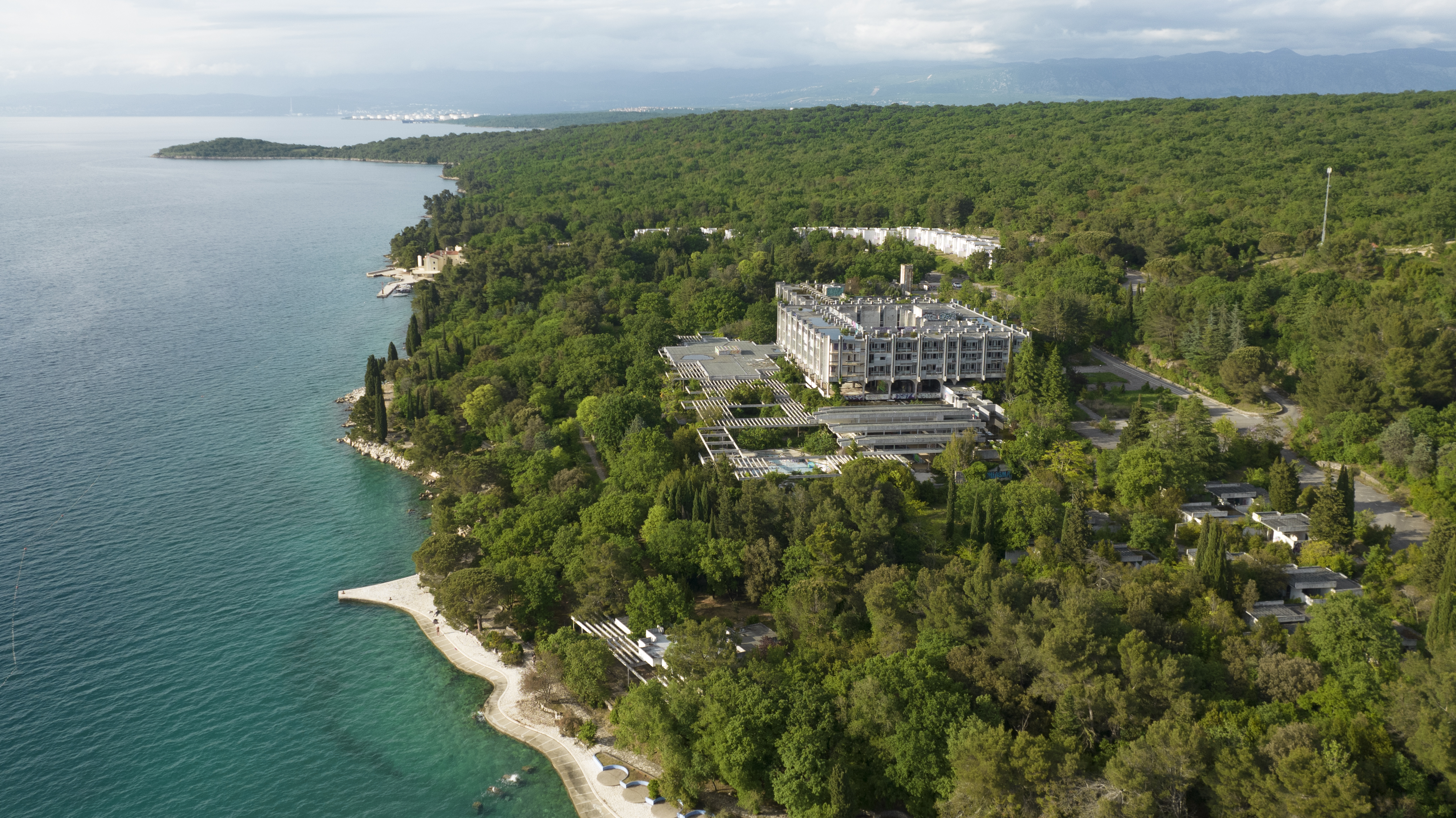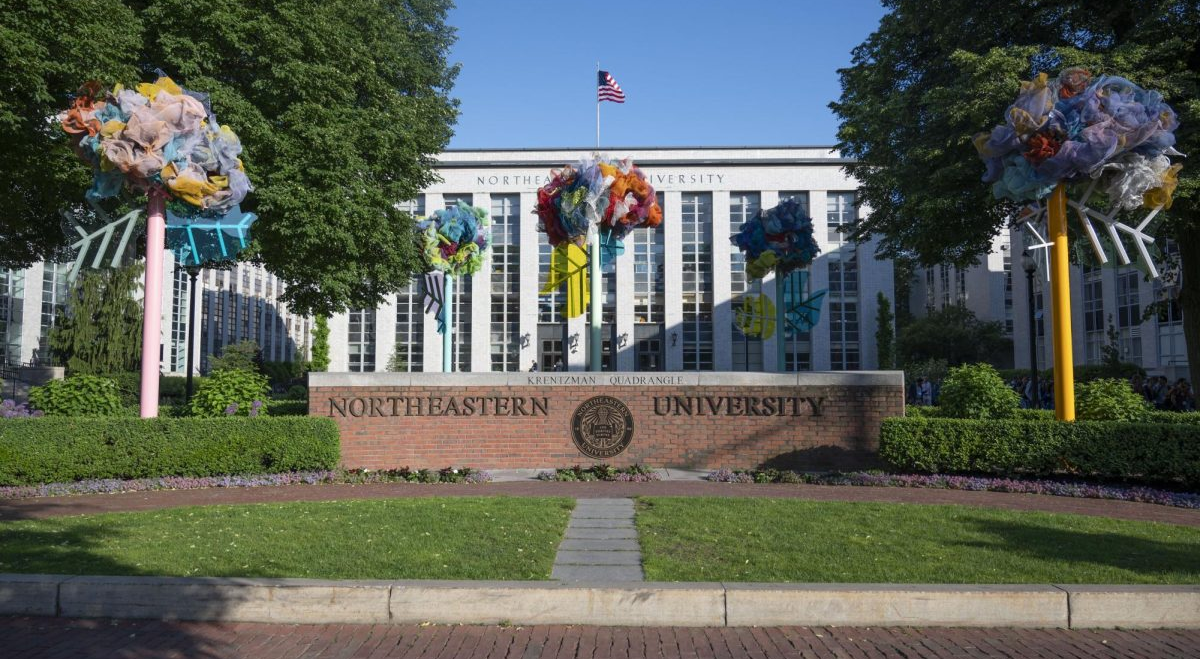11 Youngest College Football Stadiums Across America
College football is steeped in tradition—but some of its most impressive stadiums are relatively new, built not on decades of history but on cutting-edge design, bold innovation, and community ambition. While iconic venues like Michigan’s “Big House” and Notre Dame Stadium often steal the spotlight, a fresh generation of stadiums is quietly redefining what college football looks and feels like. These 11 stadiums—built in the 21st century—represent the newest wave of college football architecture. They’re sleek, fan-friendly, and packed with the kind of technology and design features today’s fans and athletes expect. From rising programs looking to make a mark, to ambitious schools investing in long-term athletic success, these stadiums are as much about identity as they are about football. Let’s take a closer look at the 11 youngest college football stadiums across America—and what makes each of them worth watching.
1. SDSU Snapdragon Stadium (2022) – San Diego State University
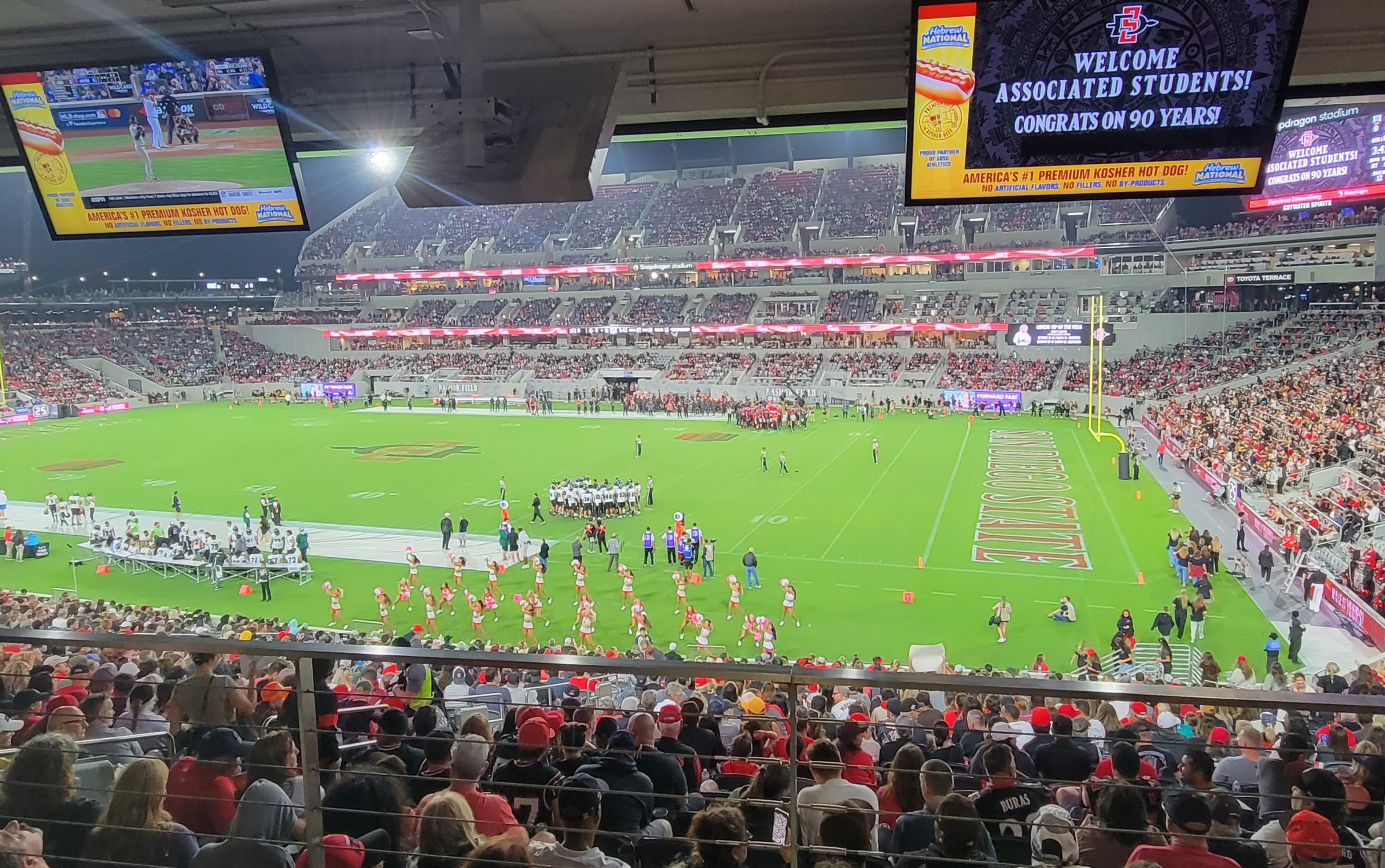
Snapdragon Stadium is a shining example of what the next generation of college football venues can look like. Opened in 2022 on the former site of San Diego Stadium, it’s the crown jewel of San Diego State’s Mission Valley redevelopment plan. With a capacity of 35,000, it was purposefully designed for an intimate but electric game-day experience, with seating that brings fans closer to the field and sightlines that leave no bad views. But Snapdragon is more than just a football venue—it was built to be a multi-use space, with features ideal for hosting concerts, pro soccer, and even international sporting events. It’s also one of the most forward-thinking stadiums in terms of sustainability. Fully solar-powered, equipped with water-conscious landscaping, and designed to meet LEED certification standards, Snapdragon puts environmental responsibility front and center. Its clean architectural lines, tech-integrated features, and open-concept layout make it a standout in college football—and a bold new chapter for SDSU athletics.
2. FAU Stadium (2011) – Florida Atlantic University
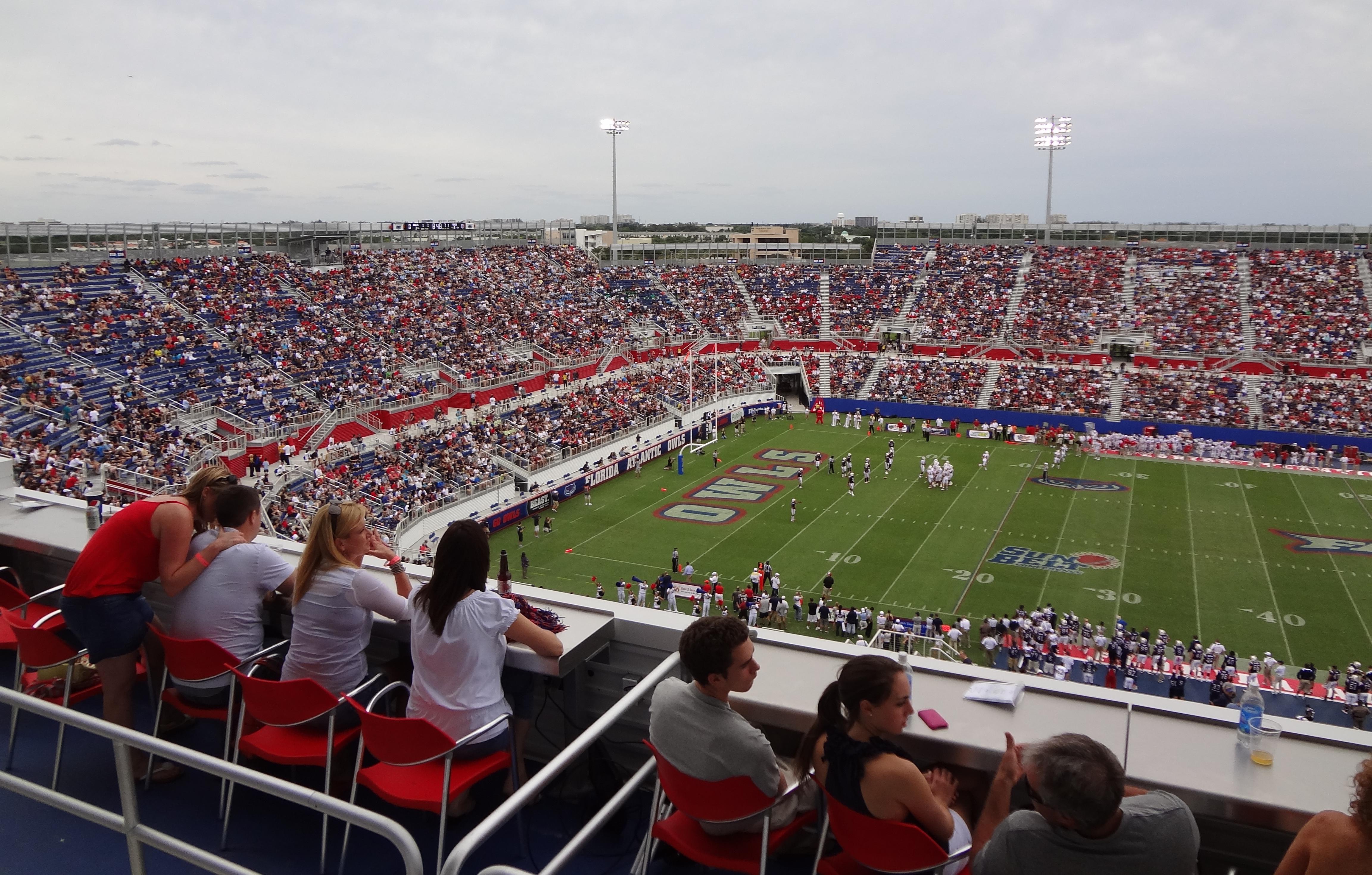
Few college football stadiums can claim ocean views, but FAU Stadium in Boca Raton pulls it off with ease. Opened in 2011 and capable of seating 30,000 fans, the stadium is just a short distance from the Atlantic shoreline, giving it a vibe that’s more tropical paradise than typical campus venue. Built to help elevate Florida Atlantic’s football presence, the stadium has delivered—becoming a recruiting tool, a fan favorite, and a conference-ready facility that feels more like a boutique sports resort than a gritty gridiron coliseum. Inside, the stadium features a sleek press box, multiple premium seating areas, and palm-tree-lined concourses that make game day feel like a South Florida event. It's hosted high-profile games, bowl matchups, and even served as a training ground for pro teams. Its coastal charm, combined with modern amenities, gives FAU Stadium an identity all its own—one where football meets laid-back Florida flair in the most picturesque way possible.
3. TDECU Stadium (2014) – University of Houston
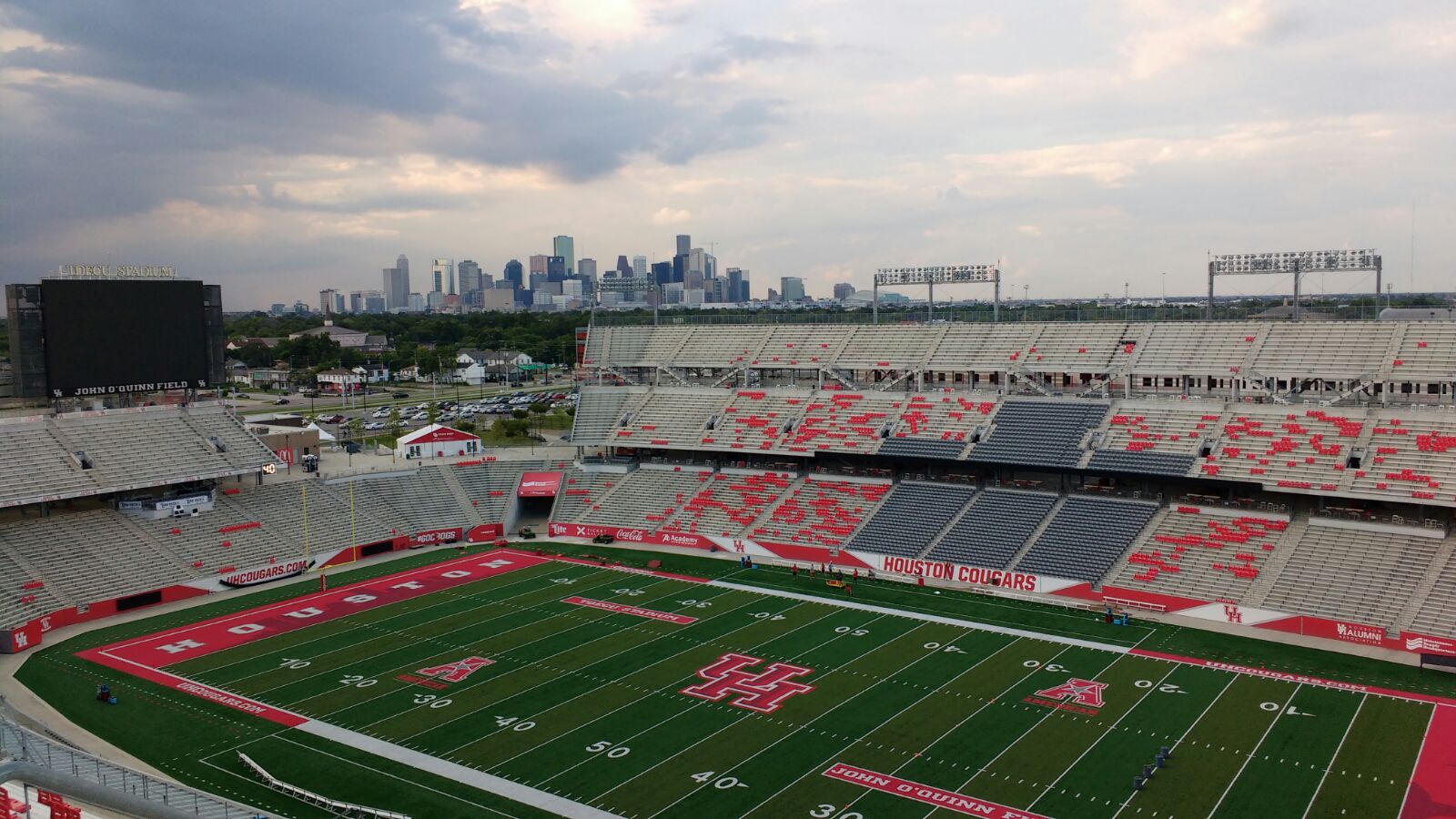
TDECU Stadium signaled a turning point for the University of Houston’s football program. Replacing the outdated Robertson Stadium, the new facility opened in 2014 and instantly elevated the Cougars’ status on the national stage. With 40,000 seats and the potential to expand to 60,000, the stadium was designed with both immediate needs and future ambitions in mind. It’s modern, visually striking, and unmistakably Houston—down to the bold red accents that wrap the bowl and the skyline views from the upper levels. Its open-air design encourages crowd energy to echo across the field, creating an intimidating atmosphere for visiting teams. TDECU features massive video boards, expansive fan concourses, and premium suites that rival many pro stadiums. It’s also built to host concerts, soccer matches, and high school championships, making it a true community asset. Sleek, spirited, and ready for primetime, TDECU Stadium reflects the bold personality and big-time goals of Houston athletics.
4. Apogee Stadium (2011) – University of North Texas
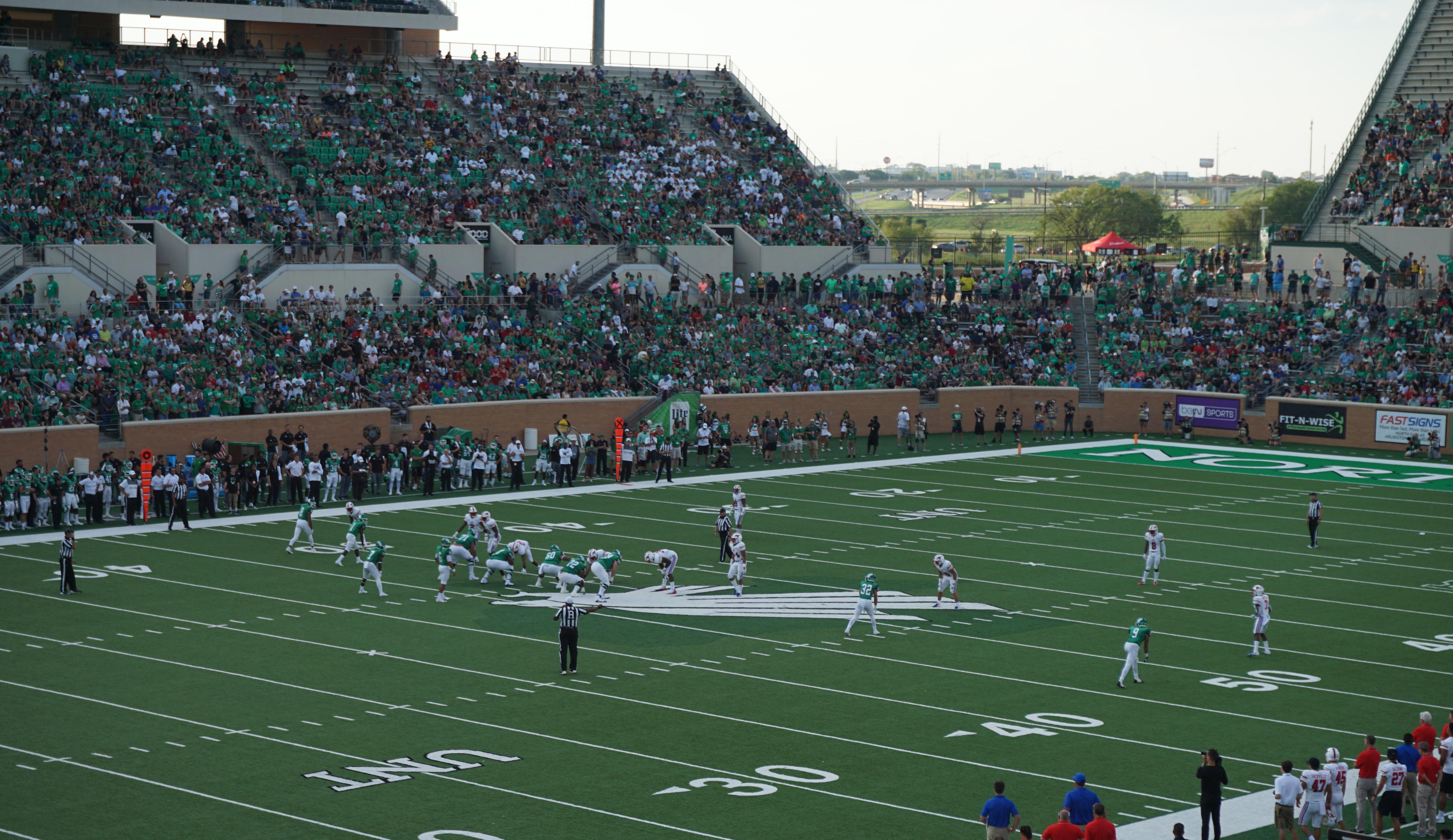
When Apogee Stadium opened in 2011, it didn’t just bring the Mean Green back to campus—it made a statement about the future of college sports infrastructure. As the first newly built college stadium in the nation to achieve LEED Platinum certification, Apogee is a trailblazer in sustainable design. Three on-site wind turbines help power the stadium, while recycled materials, native landscaping, and water-saving systems showcase a deep commitment to environmental stewardship. With a capacity of roughly 30,850, Apogee blends its green credentials with bold architectural flair, including a unique end-zone structure shaped like eagle wings—a nod to the UNT mascot. The stadium sits proudly on the edge of campus, offering fans a scenic setting with easy access. Inside, fans enjoy wide concourses, upgraded amenities, and an energized game-day atmosphere that reflects the school’s rising athletic aspirations. Apogee is where innovation, identity, and football culture come together—clean, green, and unapologetically Mean.
5. Huntington Bank Stadium (2009) – University of Minnesota
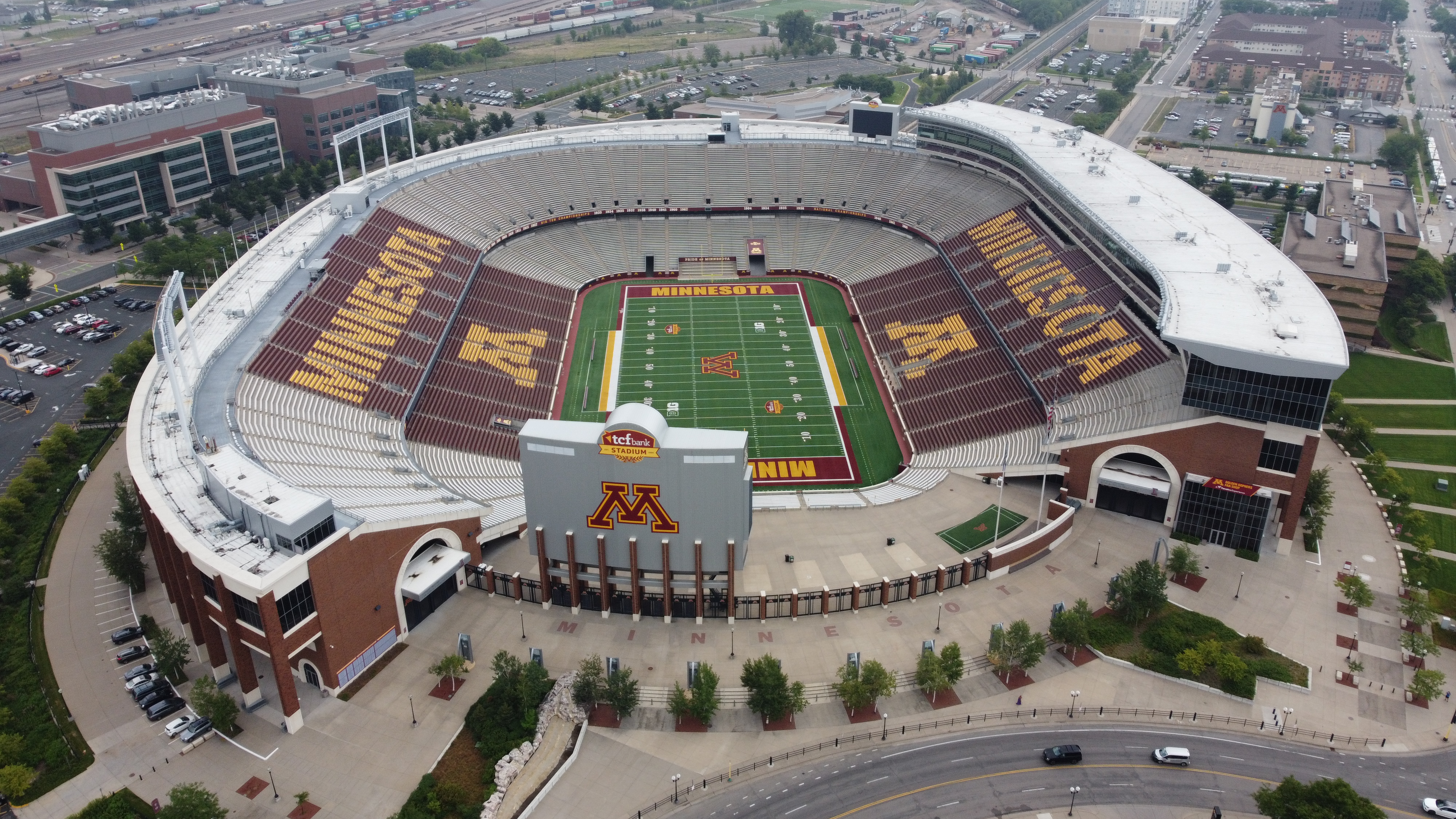
After decades of sharing the off-campus Metrodome with the Minnesota Vikings, the Golden Gophers finally came home with the opening of Huntington Bank Stadium in 2009. The move wasn’t just about convenience—it was about re-establishing a sense of tradition and pride. The 50,805-seat stadium is a mix of timeless collegiate design and 21st-century engineering, with brick and cast-stone elements that tie it to the rest of campus, and enough high-tech amenities to satisfy today’s fans. Its horseshoe configuration amplifies crowd noise, while expansive club levels, cozy suites, and state-of-the-art video boards enhance the fan experience. It’s also winter-ready, with heated concrete in select areas and facilities built to withstand the famously frigid Minnesota climate. With sweeping skyline views and a strong connection to campus life, Huntington Bank Stadium feels like a true home for Gopher football—a venue that bridges generations while embracing the future.
6. Jerry Richardson Stadium (2013) – University of North Carolina at Charlotte
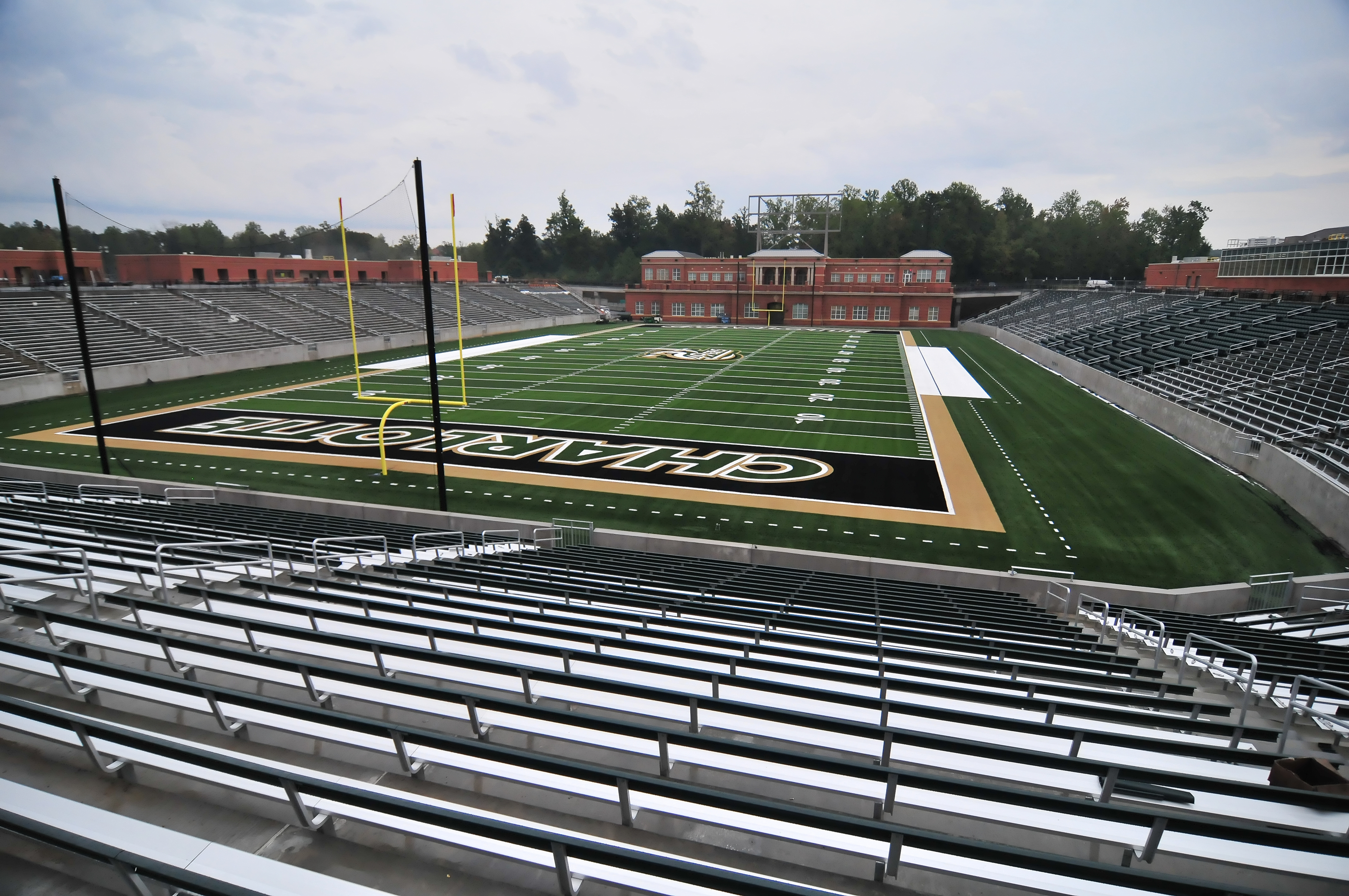
Charlotte’s football program may be relatively young, but Jerry Richardson Stadium makes a confident first impression. Opened in 2013, this 15,000-seat venue sits nestled among the pines on UNC Charlotte’s campus, offering a clean, contemporary design that feels both intimate and future-focused. It was built from the ground up to provide the best experience possible for a program on the rise—featuring field-level luxury boxes, eco-friendly elements, and an open concourse that blends into the surrounding landscape. Despite its smaller footprint, the stadium feels far from modest. Every seat offers a great view of the action, and the close quarters only intensify the energy on game day. With the ability to expand up to 40,000 seats, it’s a foundation built for growth, both for the football program and the university’s broader ambitions. As a symbol of Charlotte’s athletic momentum, Jerry Richardson Stadium combines smart design with serious aspirations—and it’s only just getting started.
7. Sun Devil Stadium Renovation (2018 Completion) – Arizona State University
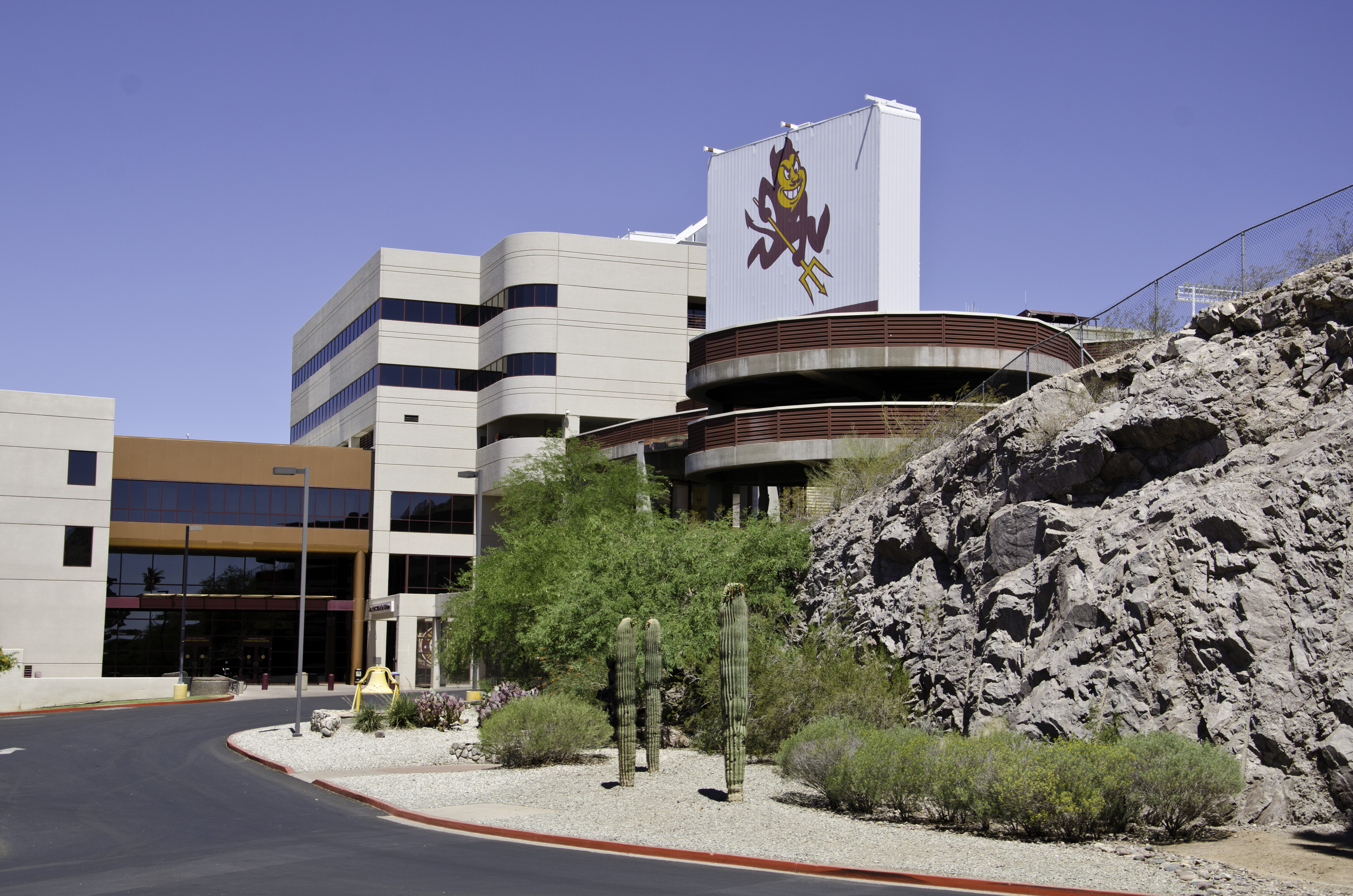
Sun Devil Stadium may have originally opened in 1958, but after a massive multi-phase, $300 million renovation completed in 2018, it’s practically a brand-new stadium. Arizona State University didn’t just upgrade—it transformed the entire fan and player experience while honoring the history rooted in the desert. The renovation included a complete overhaul of the lower seating bowl, new premium seating areas, open-air concourses, and digital fan zones that cater to the tech-savvy ASU crowd. Crucially, the stadium was redesigned with the climate in mind. Improved airflow systems, shade canopies, and heat-reflective materials help fans stay cooler during those blazing fall Saturdays. The end result is one of the most striking and modern stadiums in the Pac-12, combining sleek amenities with the surreal beauty of the surrounding desert. Its location, nestled into Tempe’s rock formations, gives it a mystical feel that few college stadiums can match—where innovation meets nature in a one-of-a-kind football experience.
8. GEHA Field at Arrowhead (Shared – 2009 NCAA Use) – Missouri Western State (training)
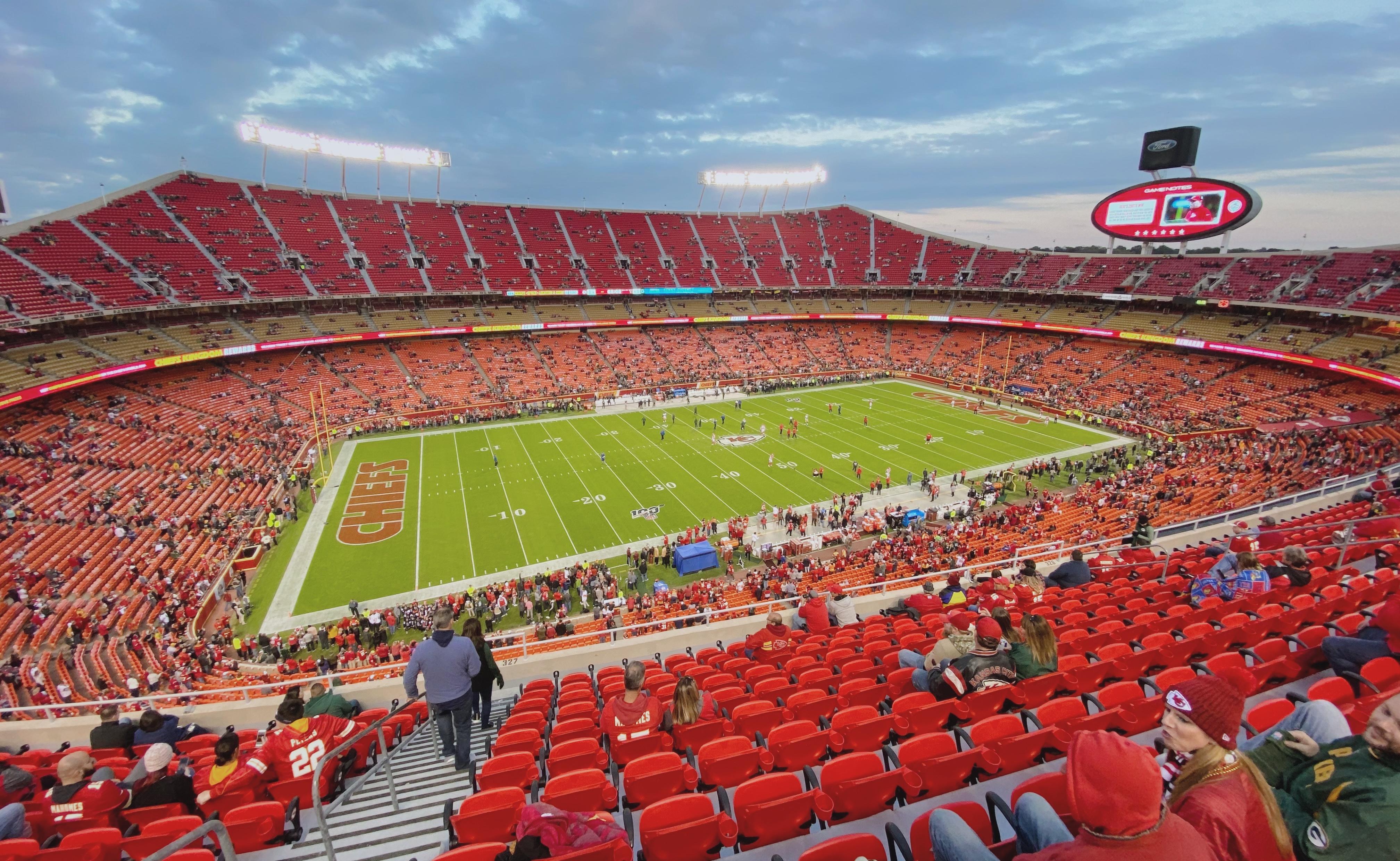
While Arrowhead Stadium is most famous as the thunderous home of the Kansas City Chiefs, it has also played an important, if unconventional, role in college football. Beginning in 2009, the stadium began hosting select college matchups and became a training ground for Missouri Western State, blending professional-level infrastructure with a growing college presence. The venue’s capacity—over 76,000—makes it one of the largest spaces where college players have ever competed, offering a rare opportunity to play on the same turf as NFL legends. Arrowhead's atmosphere is legendary, often cited as one of the loudest stadiums in all of sports. For Missouri Western athletes and visiting programs, that translates into a big-stage experience that few college facilities can replicate. While not a full-time NCAA home, its impact on collegiate football—particularly for Missouri-based teams—has been significant, providing unmatched exposure and a taste of the big leagues for players chasing their gridiron dreams.
9. Benson Field at Yulman Stadium (2014) – Tulane University
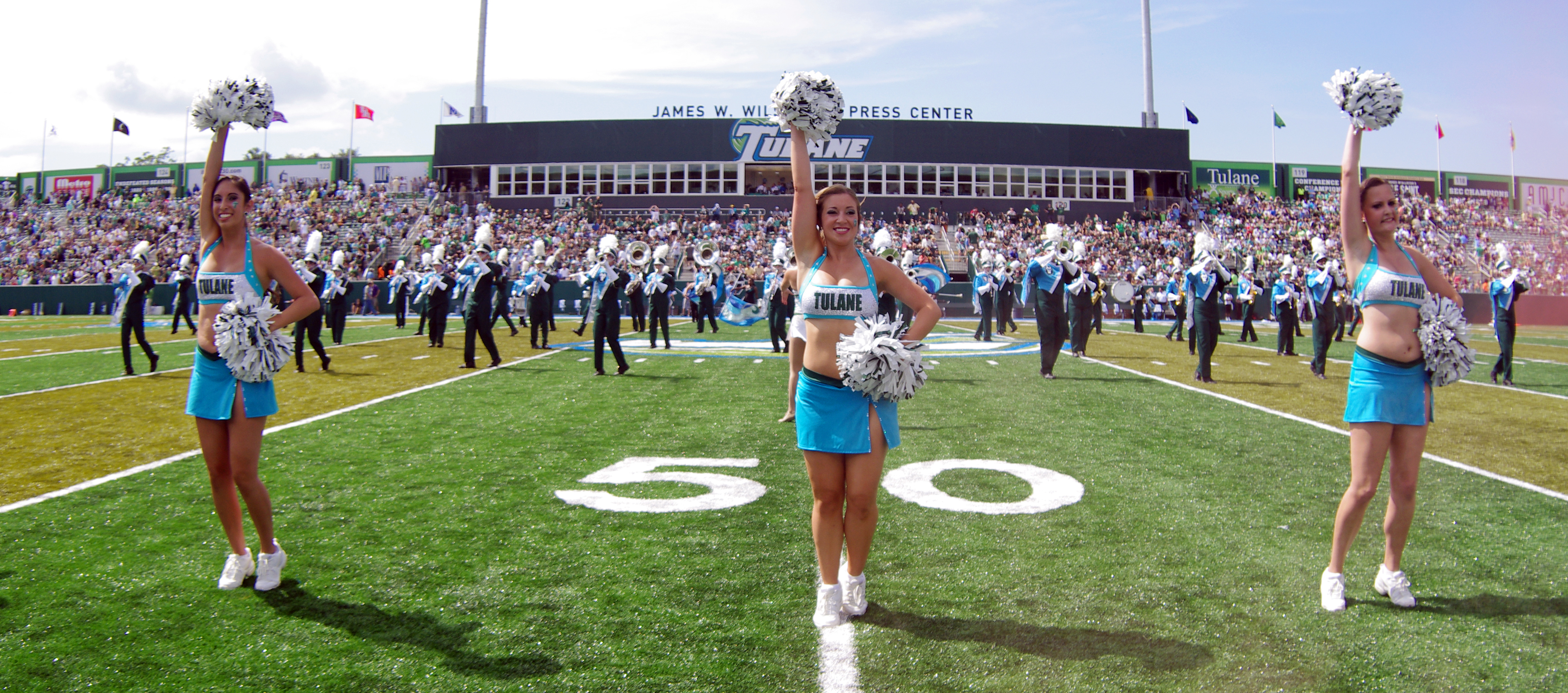
When Tulane moved out of the Superdome and onto campus in 2014, it didn’t just change locations—it rekindled the soul of Green Wave football. Yulman Stadium brought the energy back to New Orleans' Uptown district with a 30,000-seat venue that feels tailor-made for the city’s unique culture. Benson Field isn’t about massive scale; it’s about atmosphere, intimacy, and charm. Game days here are flavored with second-line brass bands, New Orleans cuisine, and Southern hospitality that feels more like a neighborhood party than a national spectacle. Yulman’s design includes premium suites, club-level seating, and tech-integrated fan zones, yet it never strays from its sense of place. With live oak trees framing the tailgate areas and design cues borrowed from the French Quarter, the stadium celebrates its surroundings while delivering a top-tier game-day experience. It’s a modern stadium that doesn’t feel corporate—just uniquely Tulane, and uniquely New Orleans.
10. Wildcat Stadium (2016) – University of New Hampshire
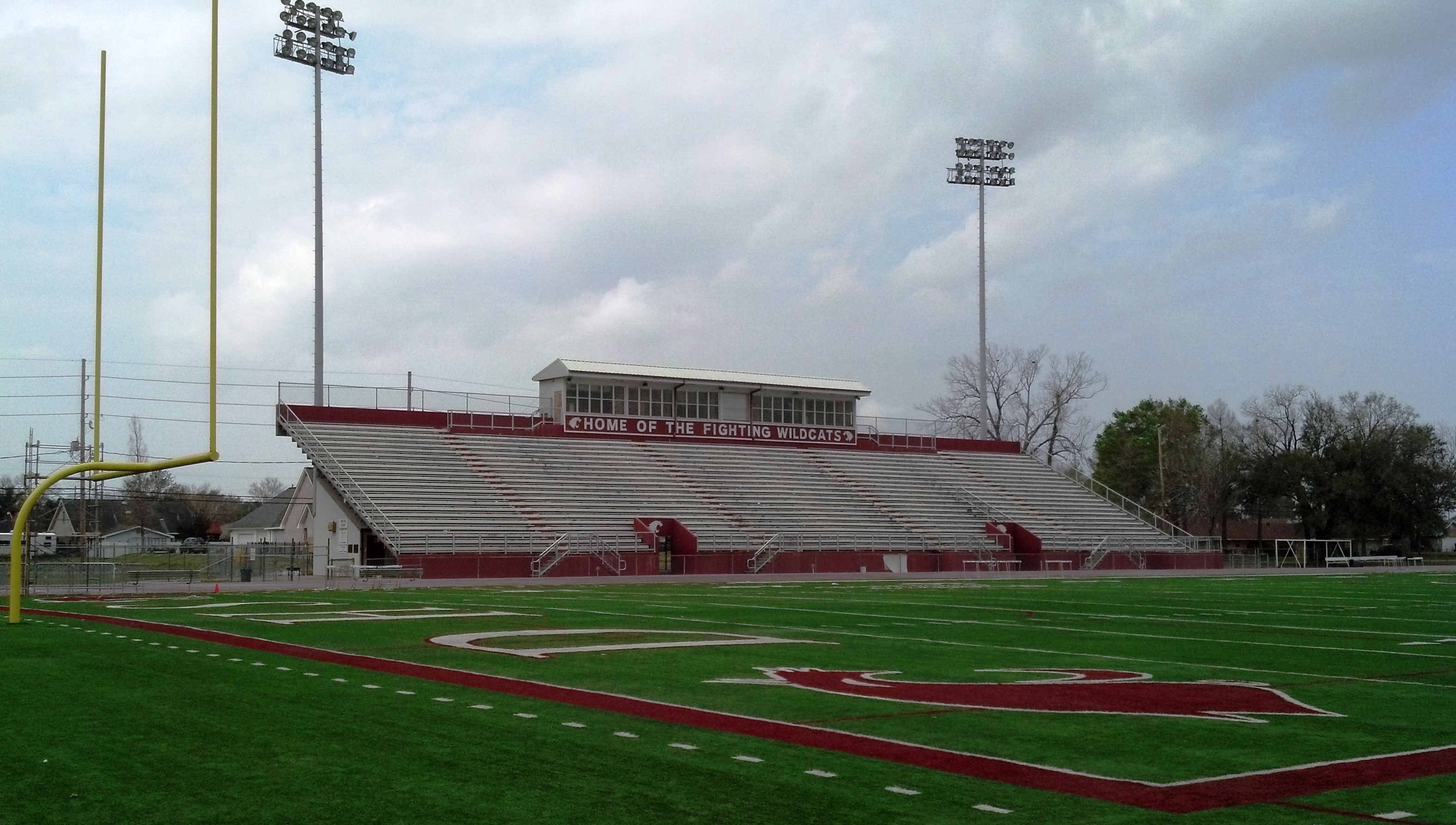
Wildcat Stadium is proof that you don’t need to be a Power Five powerhouse to boast a beautifully modern football venue. Opened in 2016, this $25 million facility offers a striking upgrade from UNH’s previous field while still preserving the close-knit charm of a Northeastern college town. Seating just over 11,000, the stadium punches above its weight with a sleek, contemporary design that includes a high-tech video board, modern press box, and spacious club seating for a more upscale spectator experience. The stadium’s location in Durham, New Hampshire, offers a postcard backdrop—fall foliage, crisp air, and a tight community feel. On game days, it becomes a hive of local pride, with fans flocking in from across the region. The open concourses and field-level vantage points give it a more intimate feel than most stadiums, enhancing the fan-player connection. For FCS football, Wildcat Stadium sets a new standard of what’s possible on a smaller scale.
11. Greater Zion Stadium (2020) – Utah Tech University (formerly Dixie State)
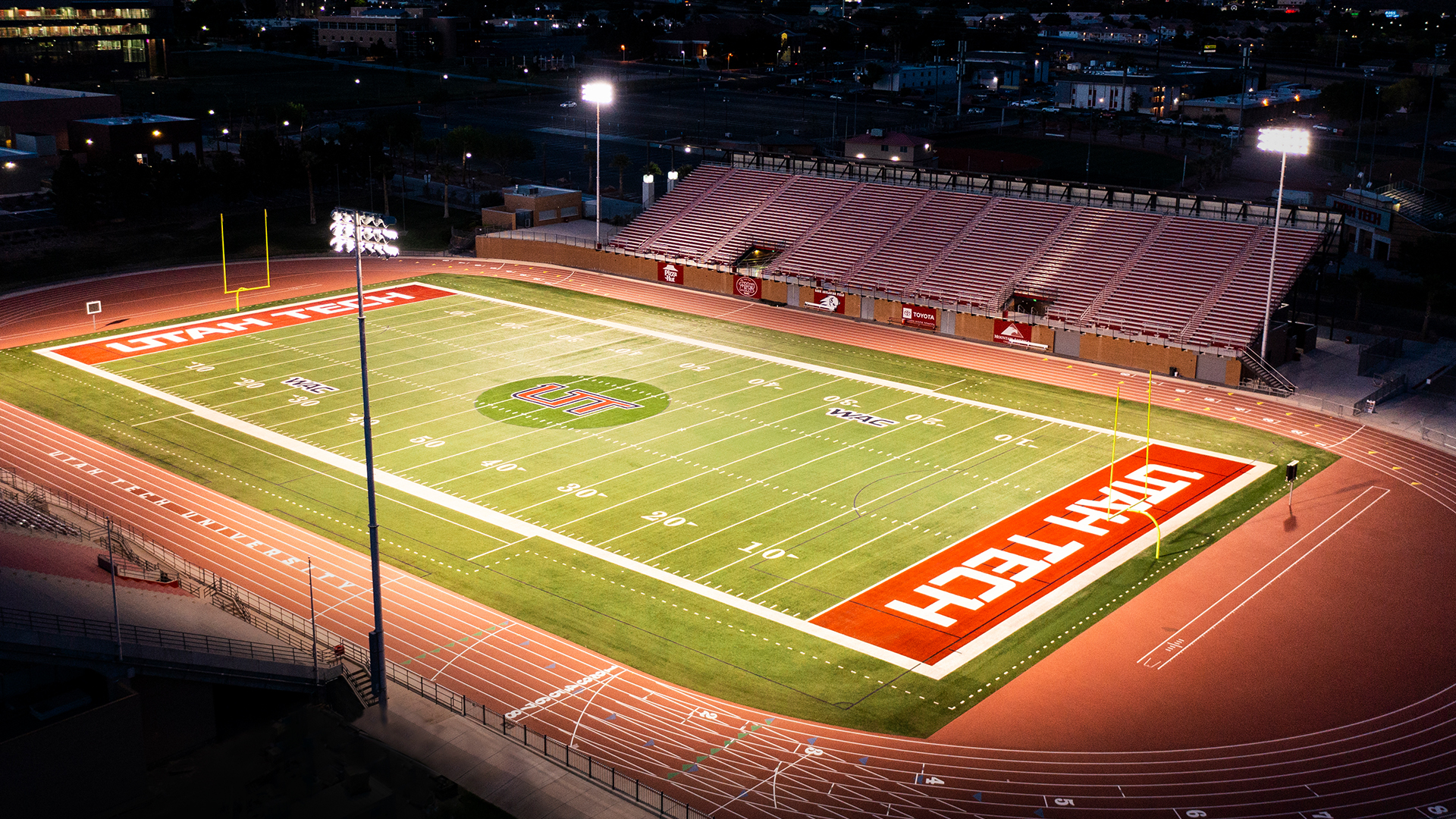
Set against the striking red-rock vistas of southern Utah, Greater Zion Stadium (formerly Trailblazer Stadium) opened in 2020 as part of Utah Tech’s transition to NCAA Division I status. With 10,000 seats and expansion potential, the stadium balances modern design with rugged, dramatic scenery that makes it one of the most visually arresting venues in college football. The stadium's recent upgrades include premium seating, advanced lighting systems, and fan-focused enhancements like digital ticketing and app-integrated services. But what truly sets Greater Zion Stadium apart is its setting. The crimson cliffs of St. George frame the venue in a way that no amount of architecture can replicate. It’s a stadium that feels both new and ancient—where clean lines meet weathered stone. For a growing program like Utah Tech, the stadium is both a proving ground and a statement of intent: the school is ready to compete at the next level, with a venue built to match its ambition.
A New Era of College Football
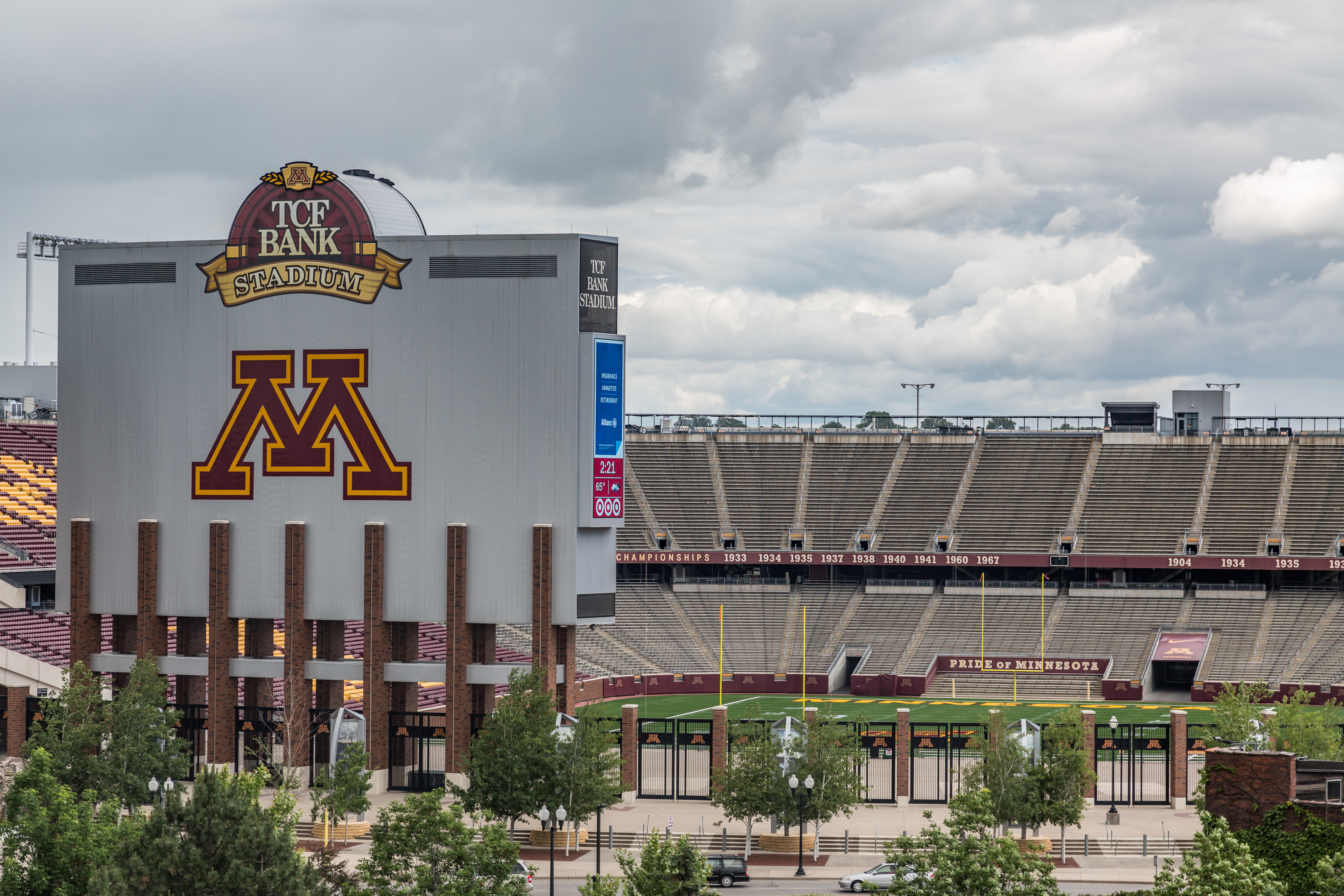
These 11 stadiums prove that new doesn’t mean soulless—and young doesn’t mean forgettable. In fact, many of the most exciting experiences in college football today are happening in venues that didn’t even exist 15 years ago. From desert design marvels and oceanfront oases to eco-conscious arenas and boutique FCS gems, the newest generation of college stadiums reflects a wider shift in how we experience the game. They’re not just buildings—they’re destinations. They blend campus identity with community pride, innovation with atmosphere. Some are small and scenic; others are bold and booming. But they all share one thing: they represent where college football is going, not just where it’s been. These are the cathedrals of a new era—smart, stylish, and built to last.

